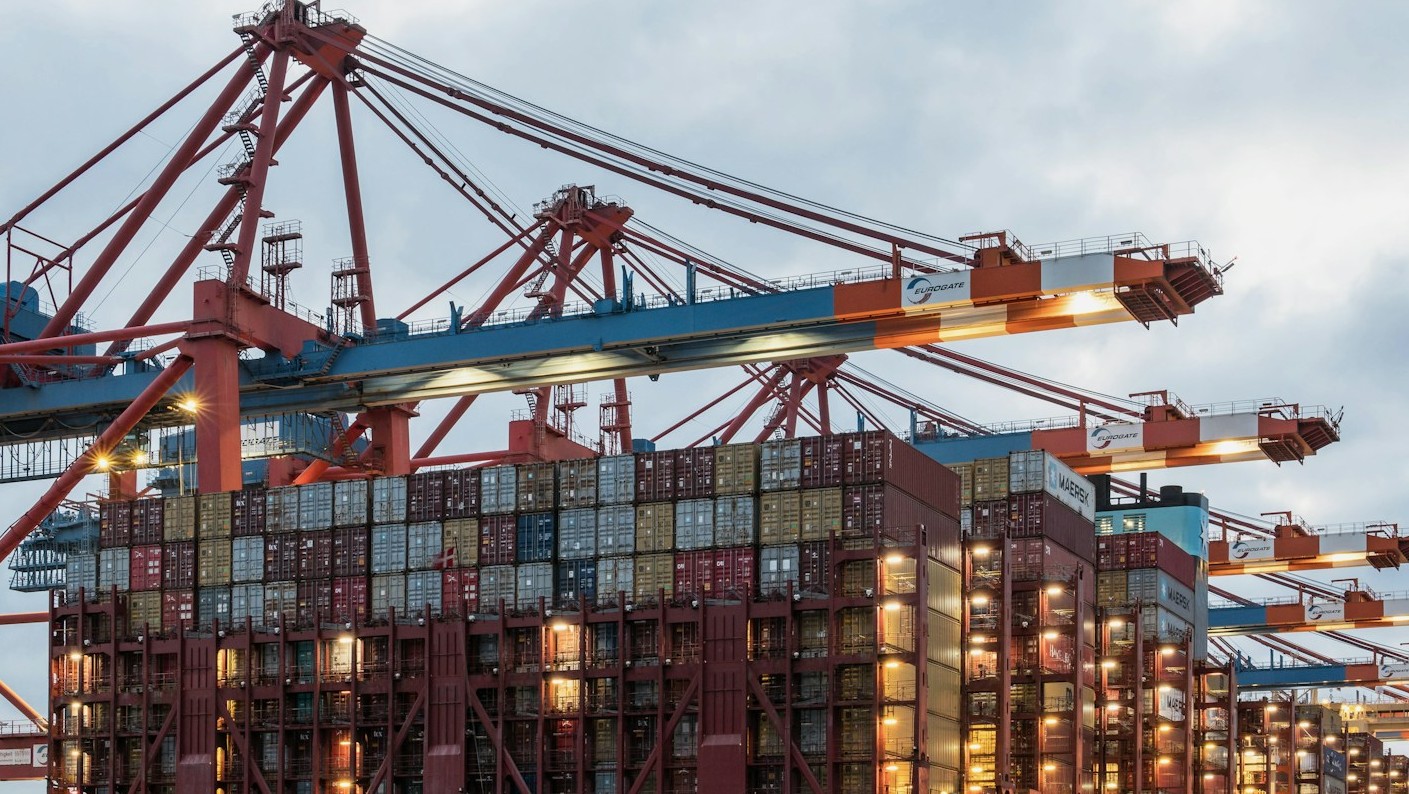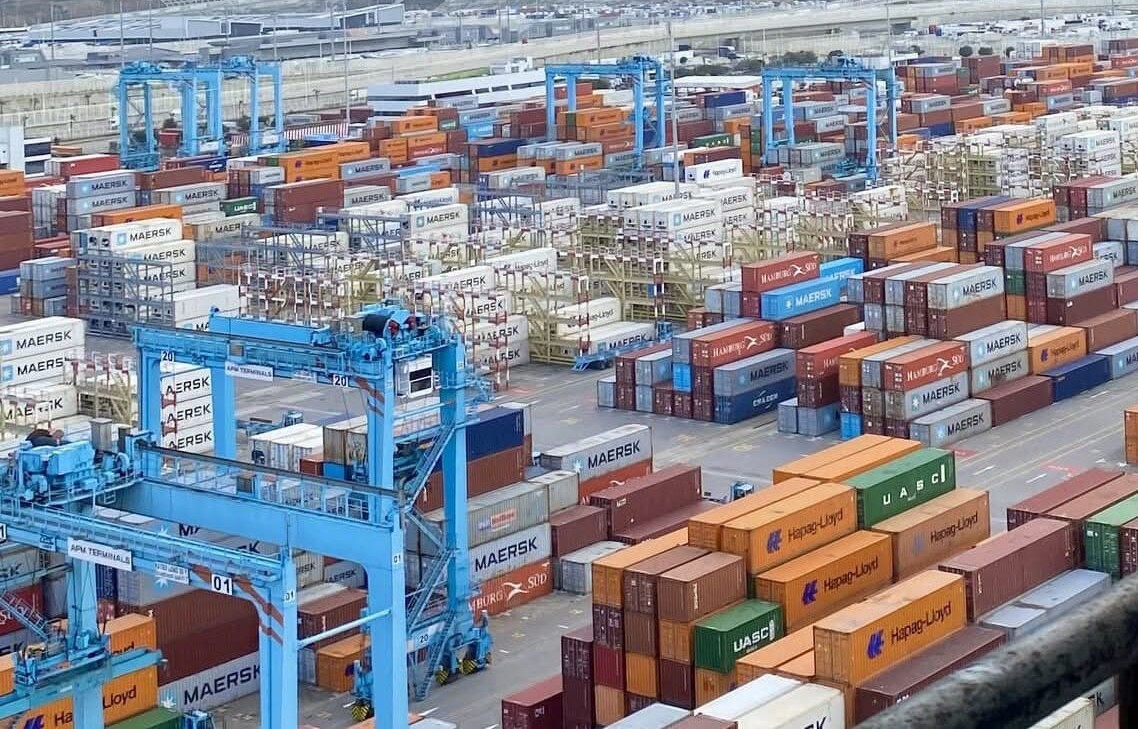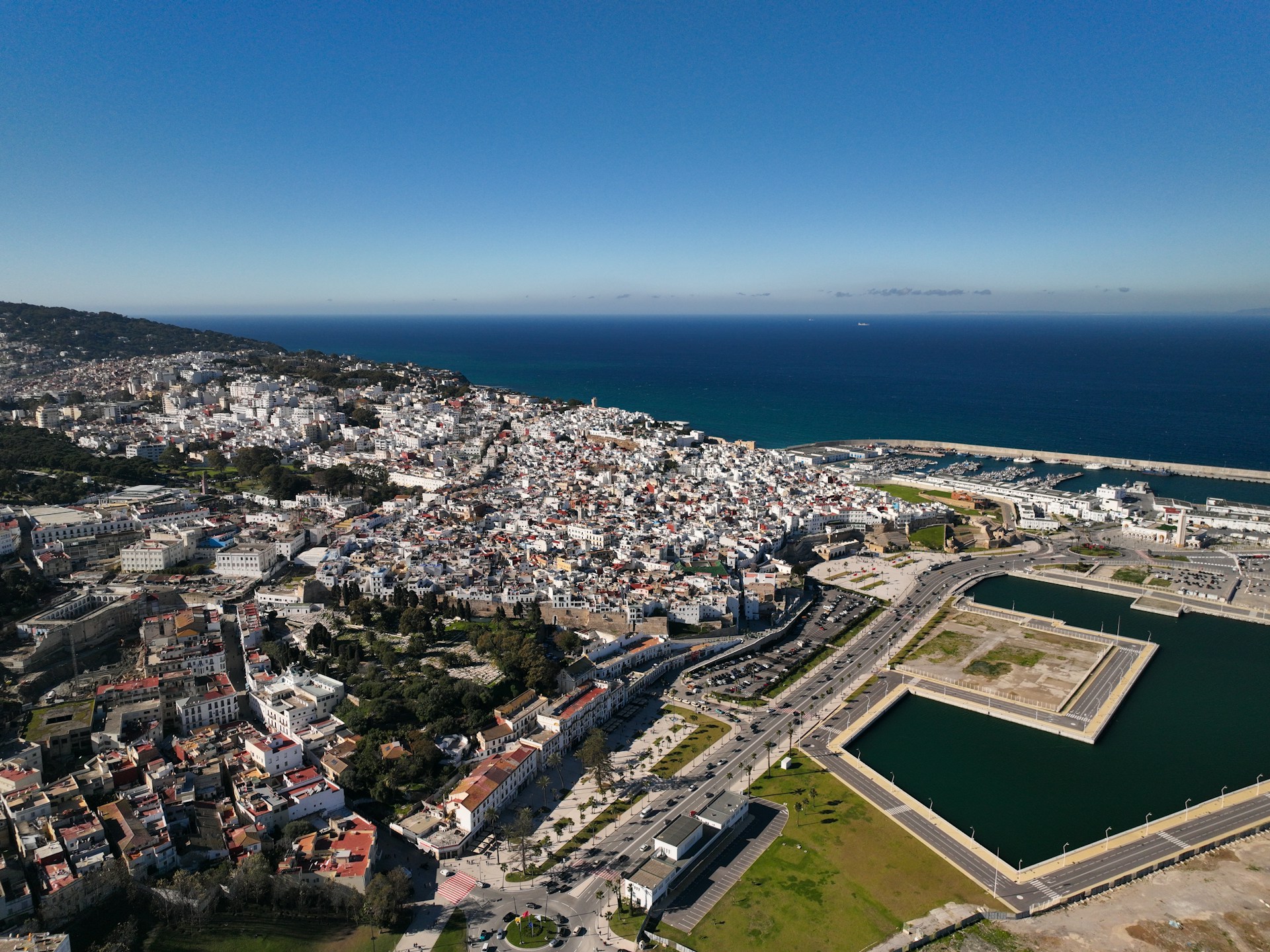Casablanca – Morocco has emerged as one of the leading importers of Spanish natural gas, becoming Spain’s second-largest customer after France. This development reflects a growing energy partnership between the two countries and highlights Morocco’s increasing reliance on imported gas to meet its domestic energy needs.
According to official figures from Spain’s energy authorities, Morocco imported around 700 gigawatt-hours (GWh) of natural gas from Spain in February 2025, representing a 50.9% increase compared to the same month in 2024. This volume accounted for 16.5% of Spain’s total natural gas exports during that month.
Over the first two months of the year, January and February, Moroccan imports totaled 1,372 GWh, a 30% rise year-over-year. These volumes place Morocco firmly as the second-largest recipient of Spanish gas, following France, which absorbed over 2,480 GWh in February alone — more than 58% of Spain’s exports.
The gas imported by Morocco is transported through the Maghreb-Europe Gas Pipeline (GME) and is mainly used to supply the Tahaddart power station, located near the city of Asilah. This plant, which began operations in 2005, is the country’s first combined-cycle power station and was developed through a partnership involving Morocco’s ONEE, Spain’s Endesa, and Germany’s Siemens.
The Tahaddart station had an initial production capacity of 380 megawatts (MW), which was increased to 400 MW after upgrades in 2018. In 2023, the facility produced approximately 1,677 GWh of electricity. Its operations were managed under a 20-year concession agreement that expired in March 2025, with no official announcement yet regarding future management.
Morocco also holds a unique position as the only African country currently importing Spanish natural gas. In February 2025, it accounted for nearly all of the 20.6% of Spain’s natural gas exports directed toward the African continent.
Looking ahead, Morocco’s role in regional energy dynamics is expected to grow further with the Atlantic Gas Pipeline project. This ambitious initiative, planned to link Nigeria and Morocco over more than 6,000 kilometers, aims to improve energy access for around 400 million people across West Africa. Initial phases of the project are scheduled to begin operation in 2029, according to the National Office of Hydrocarbons and Mines (ONHYM).
As global energy markets evolve, Morocco’s strategic partnerships and infrastructure investments are positioning the country as a key hub in both regional supply and continental connectivity.
















